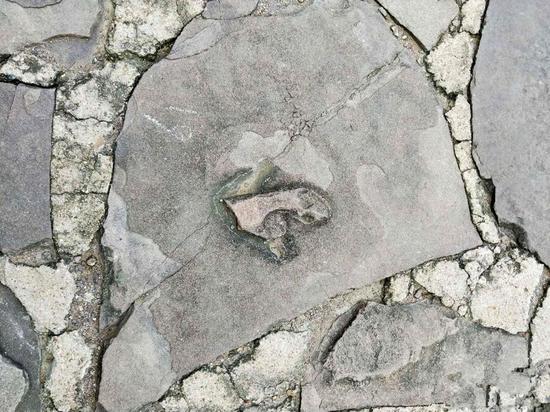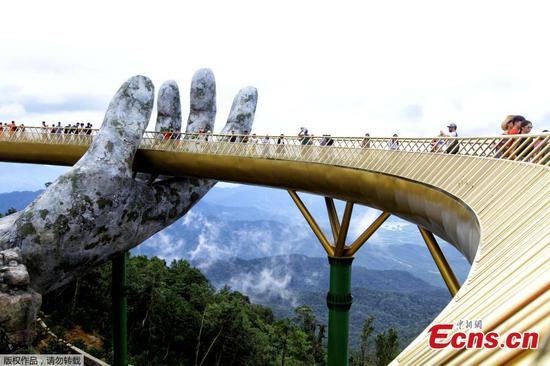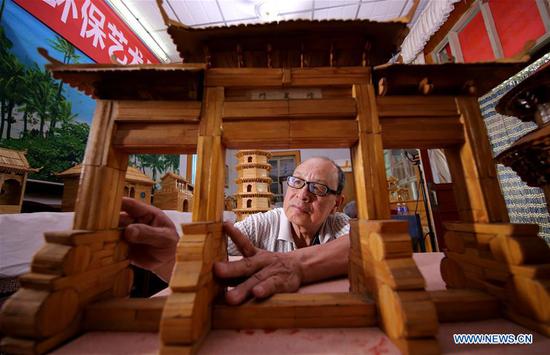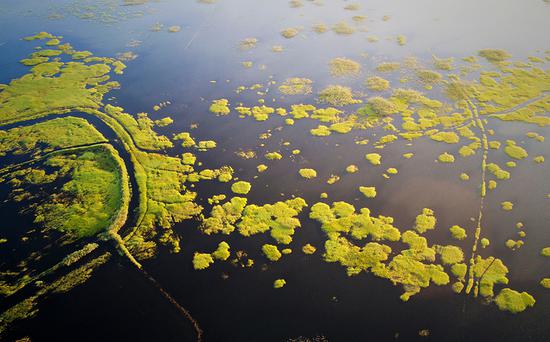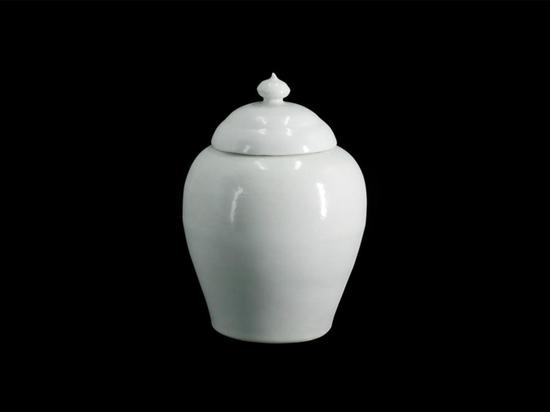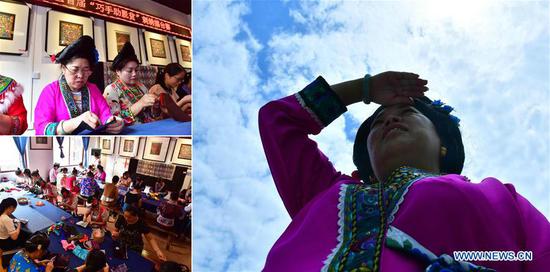Ancient artifacts from 2,000 years ago may point to earliest settlements
Cultural artifacts, reportedly found in an archaeological site in Ngari prefecture, Southwest China's Tibet Autonomous Region showed that there were close exchanges between Tibet and the central regions, and a possible "plateau Silk Road" 2,000 years ago.
More than 60 cultural artifacts from 1,800 to 2,000 years ago, have been on display for the first time in Ngari, including silk, golden masks, tea and pottery since Saturday, China Central Television reported (CCTV) on Monday.
These artifacts were found during the largest archaeological project in Tibet, which began in early July, composed of experts from the Institute of Archaeology in Chinese Academy of Social Sciences (CASS), Tibet Cultural Relics Bureau, Archaeological Research Institute of Shaanxi Province and Sichuan University's School of History and Culture.
Ngari prefecture is at the intersection of South Asia and Central Asia on the Qinghai-Tibetan Plateau, giving it an important cultural status, said Lü Hongliang, a professor at Sichuan University's School of History and Culture.
The archaeological project explores historic sites in Ngari prefecture, including a site related to the Shangshung Kingdom, which was an ancient kingdom in western and northwestern Tibet.
"Conducing archaeological explorations in Tibet will help us know more about the ancient Silk Road. Tea, silk and other cultural artifacts found in the region showed that China's Xinjiang Uyghur Autonomous Region and Tibet bridged ancient trade and cultural exchanges between the South Asian sub-continent, Central Asia and the central areas in China," Zhang Juzhong, a professor at the University of Science and Technology of China's Department for the History of Science and Scientific Archaeology, told the Global Times.
A silk product found in Ngari was identified as using the technology from central areas in 206BC-AD220, with Chinese characters woven on it, the CCTV report said.
Li Guoqiang, from the CASS' Institute of Chinese Borderland Studies, told the Global Times that the cultural artifacts show that 2,000 years ago, people who lived in Tibet areas had close trade and cultural interaction with central China.
"The artifacts found in China's Tibet with unique characteristics have also diversified Chinese civilization and they are part of our history," Li said, adding that China has attached greater importance to archaeological work in the border areas in recent years.
Zhang said that archaeological work in the border areas "would help us get to know the ancestors' lives in the Qinghai-Tibetan Plateau. And artifacts found in the area would also help confirm previous speculations, including whether the earliest residents were from China's Gansu Province or other regions of Central Asia."
Zhang added that archaeological explorations in Tibet would provide precious experience to China's archaeological studies, especially on how to protect cultural artifacts in the plateau areas.










